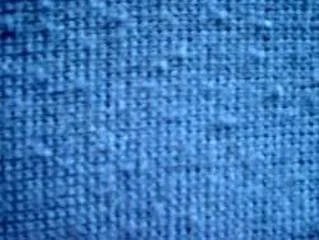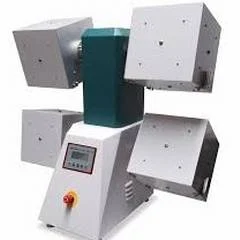What is pilling in textiles?
A
pilling is a small ball of fiber that forms on a piece of cloth known as a
bubble, fuzzball, or lint ball. Pilling is a surface defect of textiles caused
by wear and tear and is generally considered an undesirable feature. As a
result of washing and wearing, loose fibers begin to emerge from the surface of
the fabric, and over time friction-damaging fibers develop into small round
bundles, which spread the fiber and anchor it to the fabric surface that
divides the broken. Textile industry peeling into four stages: Be, grow, and
wear off. Pilling usually occurs in the parts of clothing that wear the most
friction every day, such as around the collar, cuffs and thighs, and back trousers.
Reason of pilling
All
fabrics pill to some extent, although fibers like linen and silk pills are the
primary drivers of peeling less than most because of the physical
characteristics of the textile, the personal habit of wearing the textile, and the environment in which the textile is used. Fibers such as wool, cotton,
polyester, nylon, and acrylic tend to have the most elastic openings, but
non-tensile wool fibers free themselves from the fabric and break down over
time. Prevents the pills from falling off.
Longer
fibers usually give fewer pills than shorter ones because the fibers have
shorter edges and because longer fibers outside the fabric are harder to work
on their own, a large number of loose fibrous fabrics are more prone to pills.
Also, woven fabrics have more pins than knitted fabrics, because knitted
fabrics have more distance between yarn crossings than knitted fabrics. For the
same reason, a tightly woven item gives less peel than a loose knitted item.
When a fabric is made up of a combination of fibers where one fiber is
significantly stronger than the other, the piles form the weaker fiber later
and as a break, and the stronger fibers hold the pills in the fabric.
Prevention of pilling
The
techniques are used in the textile industry to avoid peeling include singeing
loose fibers on the surface of the textile and spinning with a large number of
twists per inch. Some fabrics are chemically treated during the making process
to reduce the tendency of their pills. Polymeric coatings are sometimes applied
to bind to the fabric surface fibers and to prevent the formation of primary
fuzzes. Polyester and cotton fibers sometimes change less than normal strength,
allowing the pills to separate easily from the fabric once they are made.
Cellulose enzymes are sometimes used in cotton fabrics during wet processing
that removes loose fibers. Wash with enzyme laundry detergent to get rid of
cotton cloth pills.
Pilling Test procedure
ICI
Pilling and snagging tester specification:
Speed: 60 rpm
Sample size: 125x 125 mm
Revolution
made= 18,000 times
Number
of sample holding capacity: 16
Sample preparation
Four
samples are taken and sewn individually in a cylindrical shape. Samples from
1.25 mm are sewn together and a rubber tube is inserted between them.
Procedure
Thoroughly
clean the boxes. Place the four seated test samples in each box and close the
boxes. Set the machine for 18000 revolutions with the keypad buttons. Press the
start button. After 18000 revolutions the machine will shut down automatically.
Extract the samples carefully and compare them with the photographic rating
values.
Assessment
i.
The assessment is made by assigning ratings against the standard pilling
fabric.
ii.
It has a range of 5-1.
iii.
5 means best and 1 means worst.










0 Comments